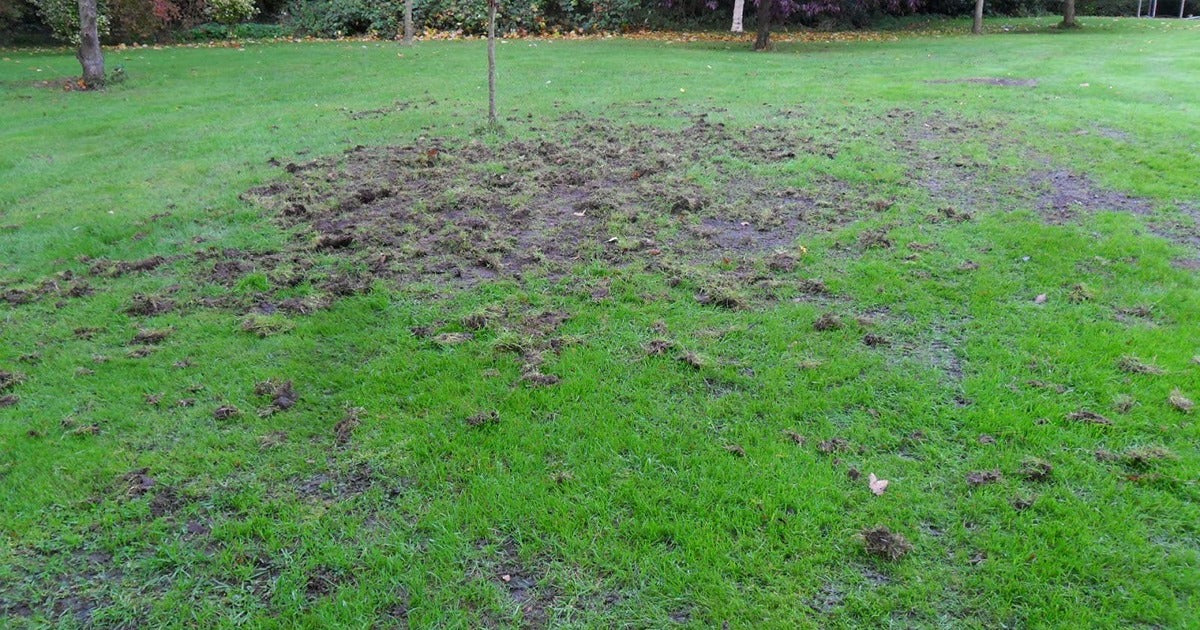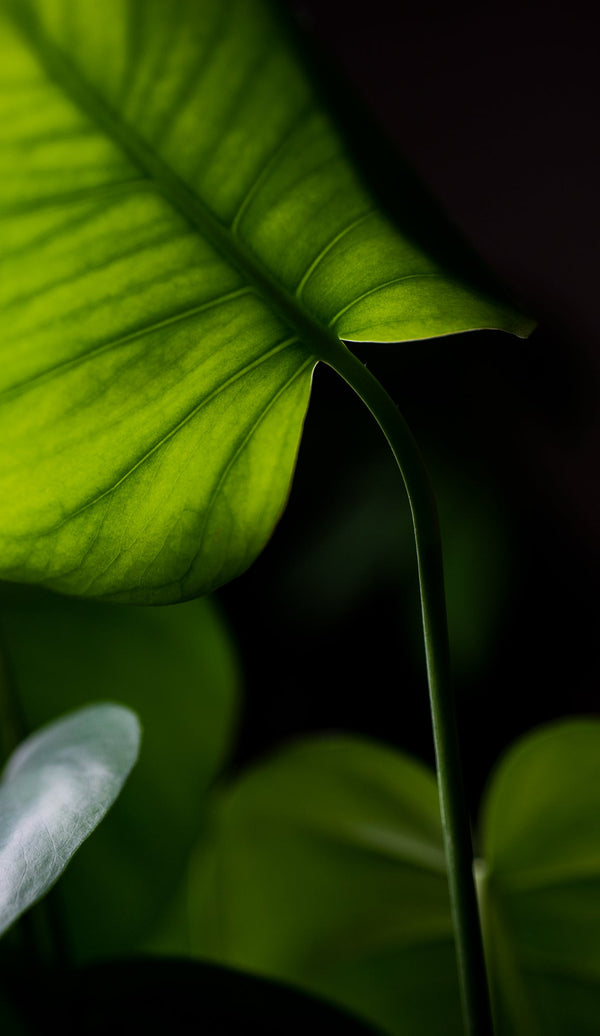
Chafer Grubs Currently Feeding On Grass Roots
The latest generation of Chafer Grubs are now feeding on grass roots. Over the past few weeks I have visited several sites where small, young chafer grubs are feeding just below the grass surface, and in some areas they were present in very large numbers.


Large numbers of Chafer Grubs were present at the sites I visited in the last few weeks.
Chafer Grubs Can Damage Lawns From Late Summer & From Next Spring (If They Overwinter)
These grub pests are the offspring of May Beetles, also known as the Garden Chafer Beetle. These beetles will normally start flying in May and then start to lay eggs in the soil beneath the grass. Over the next few months these eggs will develop into the grubs which will start feeding on grass roots.
This feeding will continue until soil temperatures drop which will trigger the grubs to sink lower into the soil where they will remain dormant until next spring. Rising temperatures will bring them out of dormancy where they will then feed on grass roots again before pupating and becoming adult beetles.


Chafer grubs develop from the eggs of the May Beetle, or Garden Chafer Beetle, and feed on grass roots from the end of July. The grubs will re-emerge to feed in the Spring if they overwinter.
Typical Chafer Grub Damage
At first it may appear that the Grubs are not doing any damage but eventually the grass will start to turn yellow and as you pull at the grass, it will come away in your hands where the root system has been eaten away. Lawns and grass areas with stronger root systems will be able to sustain damage for longer, but even these areas will eventually be overcome by large numbers of Chafer grubs if not treated.


Chafer Grub damage can at first be identified by the yellowing of grass. The turf will come away in your hands where the root system has been eaten away.
It can be easy to mistake these first damage signs as symptoms of drought but as you look underneath this turf you will often find no roots, and the presence of these small white Chafer Grubs lying in a C-shape.
The worst damage to your lawn is often not caused by the Chafer Grubs themselves, however, but by what the grubs attract to your lawn. Badgers, and birds, love feeding on Chafer Grubs, which you might first think is a handy natural form of pest control, but the damage these creatures cause is even worse than the grubs! They will rip up lawn areas, tearing back the grass to feed on the Chafers underneath. I have visited quite a few amenity grounds and large gardens recently which have suffered terribly from this particular form of damage.


Damage to turf is drastically exacerbated by badgers or birds that seek to feed on the Chafer grubs beneath.
Natural Controls Available For Chafer Grubs
The products available for the control of Chafer Grubs are also reducing, especially for the home gardener with the prohibition of more chemical insecticides. At Dragonfli, however, we do have effective, and natural solutions.
The use of nematodes against Chafer Grubs can be a very successful treatment, and now is the time to use them. These tiny eelworm like creatures are watered into the turf where they will then move under the soil to infect and kill the Chafer Grubs. Nematodes are harmless to humans, pets and wildlife, but deadly to soil borne larvae such as Chafer grubs (Nematodes will also kill Vine Weevil & Leatherjacket grubs). Once infected the Chafer Grubs will die within a few days.


Nematodes can be watered into the infested turf. They will seek out and infect the Chafer grub pests, killing them in a few days.
How To Apply Dragonfli Nematodes
There are a few rules to follow to ensure the most effective nematode application. Our Chafer Grub Killer Nematodes will only work when the soil temperature is over 13°C when applied in the late summer and early autumn. The nematodes will also need some moisture to move through the turf and soil. This means watering the grass before and after application. For heavy infestations it is sensible to have completed one application in August and then another in late September. The second application targets more mature larvae that the first application might have missed.

Dragonfli supply Chafer Grub Killer packs to treat all sizes of lawn from 50 to 1000 square metres. Find the nematodes here.
Also Use Our Garden Chafer Beetle Traps For Complete Control
Dragonfli supply a Garden Chafer Beetle Trap so you are able to catch the adult beetles too. These traps should be set up and placed out in the spring. This will help you to identify when Chafer grub / larvae infestations are imminent, while also helping to reduce overall pest numbers. By catching the adult beetles, mating and egg laying will be reduced and less Chafer grubs should end up in your lawn.

Our Garden Chafer Beetle Traps will catch the adult beetles, reducing mating & egg laying so less Chafer Grubs are produced. Find the traps here.




